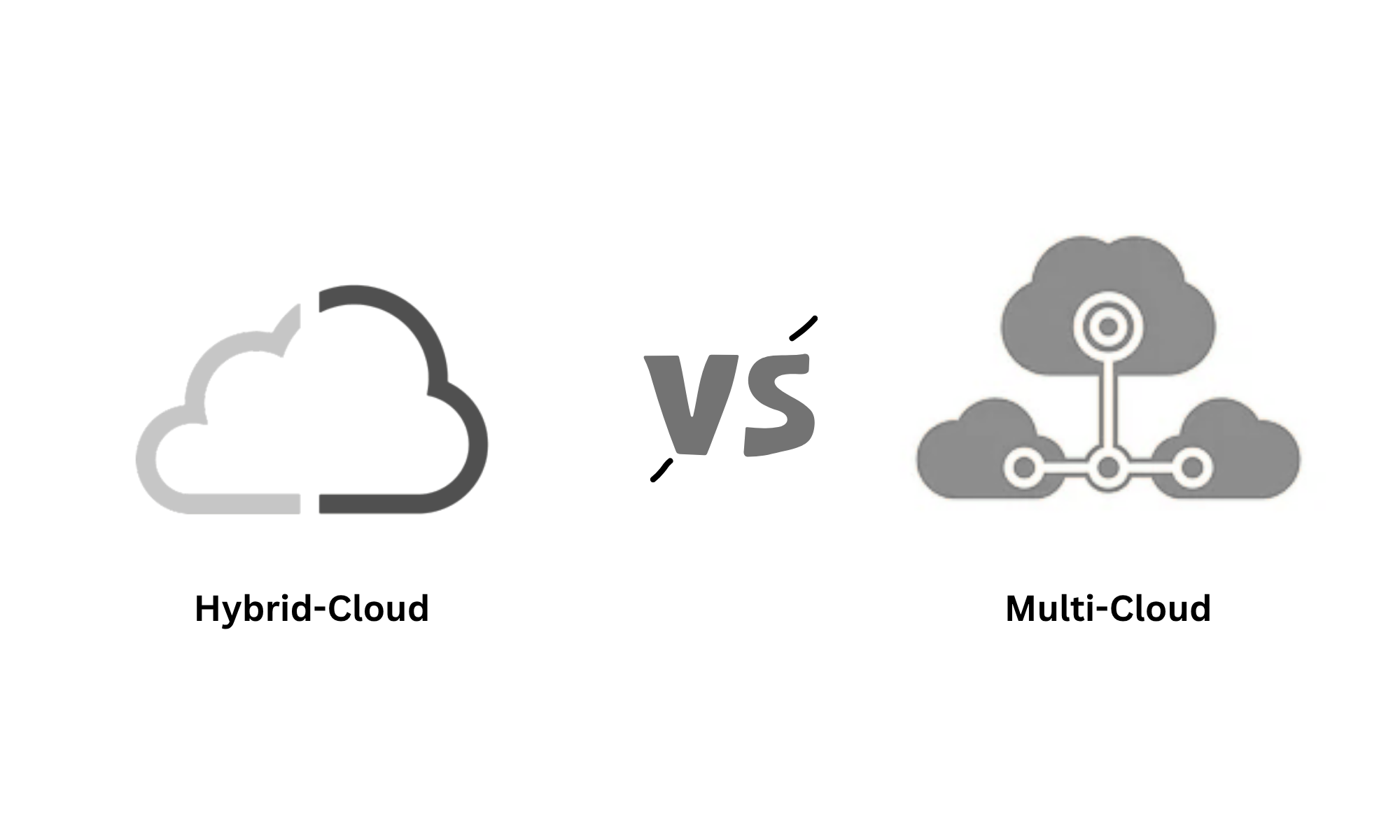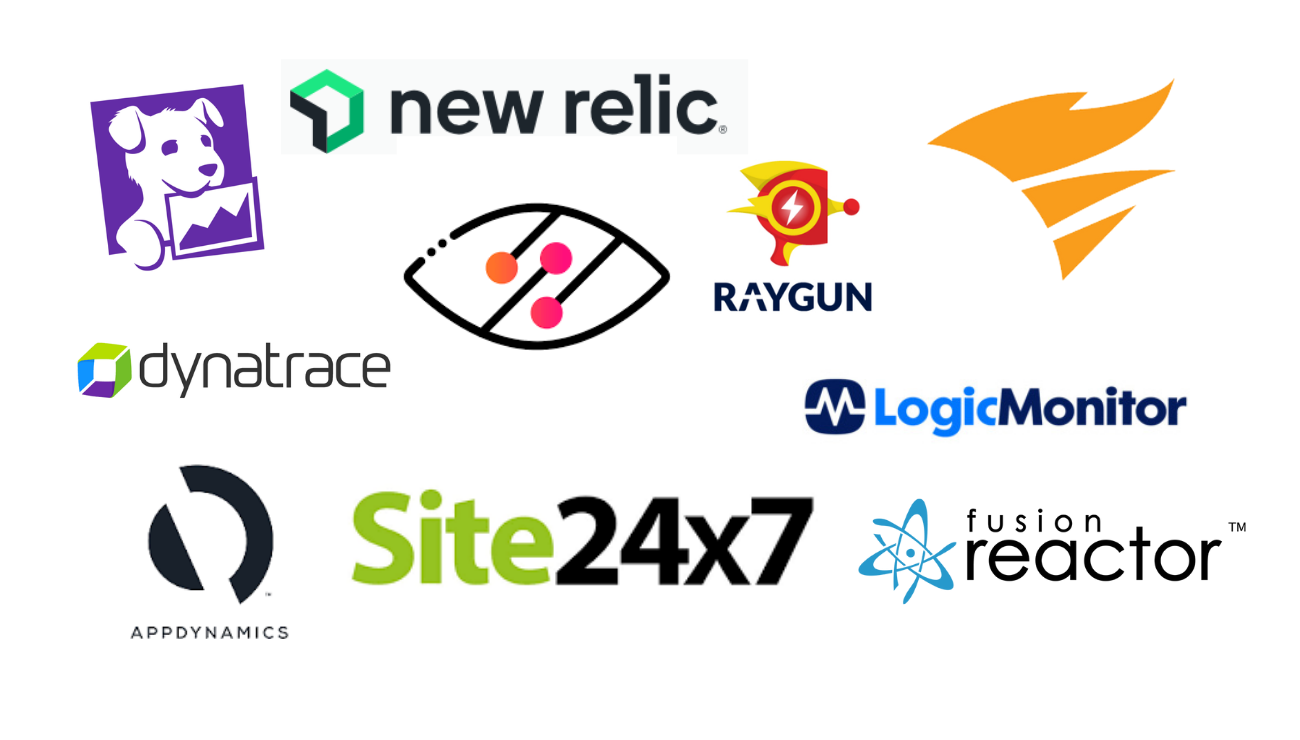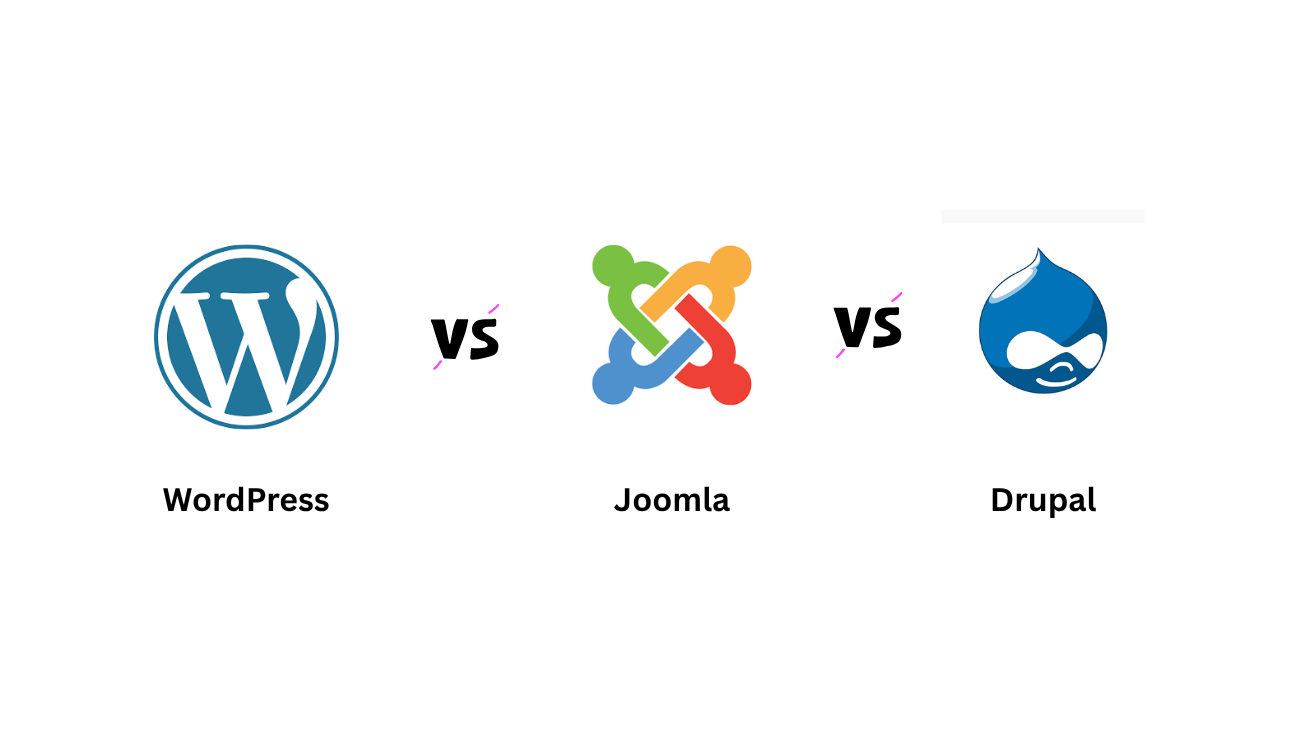
🔍 Introduction
Cloud computing has transformed how organizations deploy and manage infrastructure. But “cloud” isn’t just a single thing—it comes in different forms. Two commonly used strategies are hybrid cloud and multi-cloud. Although they sound similar, they solve different problems. Understanding the difference can help you design a cloud architecture that matches your needs for performance, cost, security, and flexibility.
⚙️ What is Hybrid Cloud?
Hybrid cloud combines on-premises resources (your own data centers or private cloud) with public cloud services. This combination allows workloads to move between private and public environments as needed.
Key features:
-
Sensitive or regulated data can stay in private infrastructure
-
You can burst into public cloud during peak demand
-
Centralized management to coordinate across environments
🌐 What is Multi-Cloud?
Multi-cloud means using multiple public cloud providers (for example AWS, Azure, Google Cloud) simultaneously. It doesn’t necessarily include your own private data center. It's more about avoiding vendor lock-in, choosing the best services from different providers, and distributing risk.
Key features:
-
Use best-of-breed services from different providers
-
Spread workloads to improve redundancy & reliability
-
Possibly complex to manage (different APIs, security models, billing)
⚖️ Hybrid vs Multi-Cloud: Side-By-Side Comparison
| Feature | Hybrid Cloud | Multi-Cloud |
|---|---|---|
| Infrastructure | Combines private + public cloud | Multiple public clouds |
| Control & Security | More control; private side handles sensitive data | Public side only; security depends on each provider |
| Flexibility & Vendor Lock-in | Less lock-in for sensitive data; more control | Easier to pick best provider; less risk of lock-in to one provider’s public services |
| Cost | More overhead (private infra + network connectivity + management) | Costs can vary; possibly cheaper for specific tasks, but can have hidden complexity |
| Latency & Performance | Can optimize by keeping latency-sensitive workloads closer (private) | Dependent on performance of each provider & network between clouds |
| Complexity | Higher operational complexity; need to manage both private & public | Complexity in managing multiple public providers, but no private infra setup |
🛠️ Use-Cases: When to Use Which
-
Use Hybrid Cloud when:
• You have regulatory/compliance/security requirements that mandate data stays on-premises or private cloud
• Existing legacy infrastructure you want to extend rather than replace
• You need burst capacity during spikes (e.g., seasonal, event-based) -
Use Multi-Cloud when:
• You want to avoid vendor lock-in with one cloud provider
• You need geographic redundancy or want to deploy in regions where one provider is better
• You aim to pick specialized services from different clouds (e.g., best machine learning, best storage, etc.)
📈 Benefits & Challenges
Benefits of Hybrid Cloud:
✔️ Stronger control over sensitive data
✔️ Ability to leverage existing infrastructure investments
✔️ Flexibility for workloads with variable demand
Challenges of Hybrid Cloud:
⚠️ Higher operational overhead (networking, security across clouds)
⚠️ Complexity in integration, data consistency, and monitoring
Benefits of Multi-Cloud:
✔️ Resilience & redundancy across providers
✔️ Best price/performance by choosing per-task/provider
✔️ More innovation potential by using different cloud vendor features
Challenges of Multi-Cloud:
⚠️ Increased complexity: tools, APIs, security, management across providers
⚠️ Potential higher latency or data transfer costs between clouds
⚠️ More difficult to maintain consistent policies, identity, access, and security
🌐 Hybrid + Multi-Cloud Together?
In many real-world scenarios, organizations use a mix: a hybrid multi-cloud approach. That means private + public + multiple public clouds. This approach offers maximum flexibility, resilience, and scaling potential—but comes with the highest complexity and cost. It’s best suited when the business case justifies it.
🌟 Conclusion
Hybrid cloud vs multi-cloud isn’t about one being better overall—it’s about which fits your specific needs.
-
If you need control, regulatory compliance, and want to leverage your existing infrastructure → Hybrid Cloud may be your best option.
-
If you want redundancy, innovation, avoiding vendor lock-in, or optimized use of public cloud services → Multi-Cloud could give you better agility.
At Solace Infotech, we advise and help organizations design architectures that balance control, cost, performance, and complexity to get the best cloud strategy for their business.




